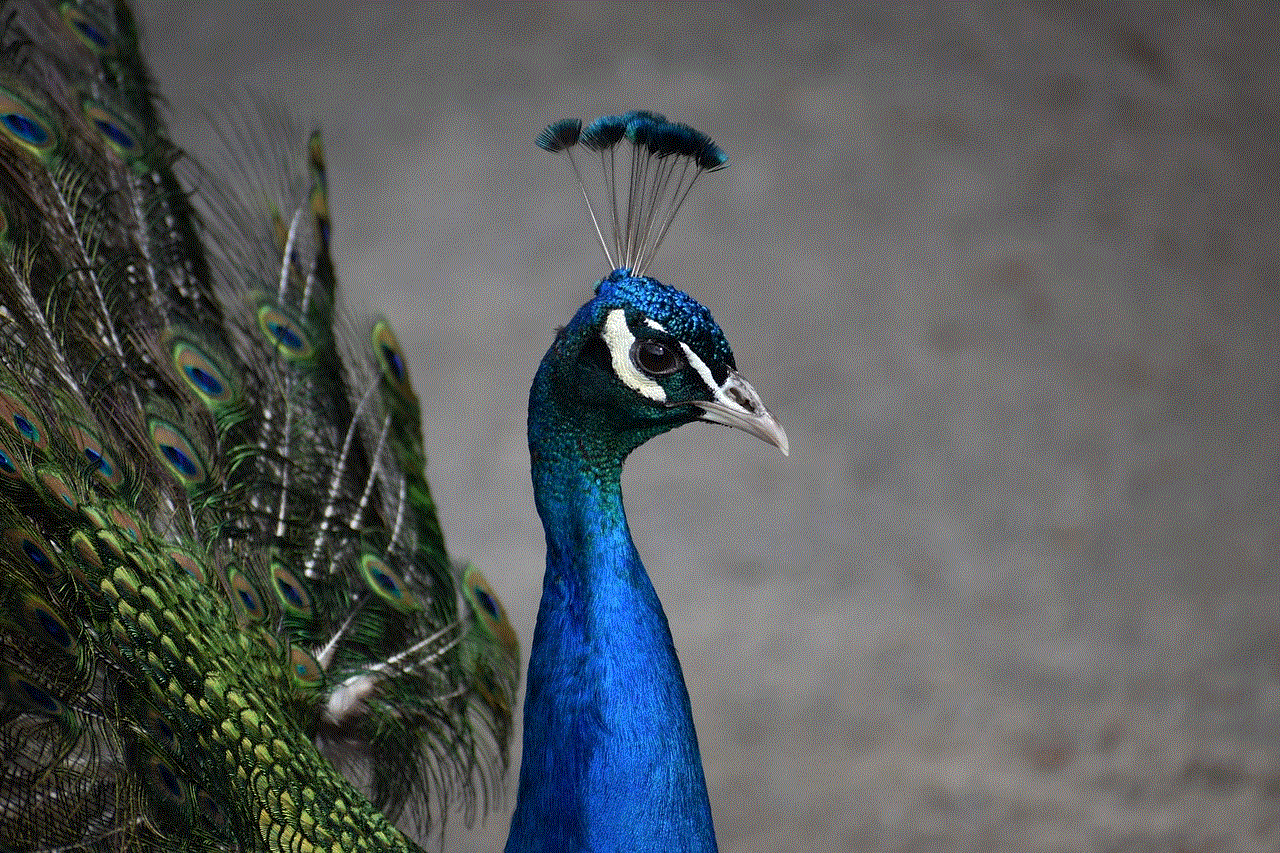is roblox safe for 7 year olds
In today’s digital age, children are exposed to a variety of online platforms and games. One popular game that has gained immense popularity among young children is Roblox . Developed and published by Roblox Corporation, this online game allows players to create their own virtual worlds and games using building blocks and coding. With over 164 million monthly active users, it is clear that Roblox has captured the attention of children all over the world. However, with its widespread popularity, comes the concern of whether Roblox is safe for 7 year olds. In this article, we will dive into the various aspects of Roblox and determine if it is a suitable game for young children.
First and foremost, it is important to understand the basic premise of Roblox. The game allows players to create their own virtual worlds, known as “games”, using blocks of different shapes, sizes, and colors. These games can range from simple obstacle courses to complex role-playing games. The players also have the option to customize their own avatars and interact with other players in the game. This concept of creating and exploring virtual worlds is what makes Roblox so appealing to children, as it allows them to unleash their creativity and imagination.
One of the biggest concerns surrounding Roblox is the potential exposure to inappropriate content. As with any online platform, there is always a risk of encountering inappropriate content, and Roblox is no exception. However, Roblox has strict community guidelines and moderation policies in place to ensure a safe and enjoyable experience for all players. The game has a team of moderators who review and filter out any content that violates their guidelines. Additionally, parents also have the option to restrict their child’s access to certain games and content through the parental control features.
Another aspect that sets Roblox apart from other online games is its focus on education and learning. The game encourages players to learn coding and game development skills through its educational platform, “Roblox Education”. This not only promotes a healthy learning environment but also instills valuable skills that can benefit children in the future. Furthermore, Roblox has partnerships with various educational organizations to provide a safe and educational experience for children.
One of the key concerns for parents is the safety of their child’s personal information while playing online games. In this aspect, Roblox has strict privacy policies in place to protect the personal information of its players. The game only collects minimal personal information, such as the player’s username, date of birth, and email address. Moreover, all communication between players is monitored and filtered to ensure a safe and appropriate environment. However, it is always advisable for parents to closely monitor their child’s online activities and educate them about online safety.
One of the biggest draws of Roblox is its social aspect, as players can interact and play with other players from all over the world. While this can be a positive aspect, it also raises concerns about online predators and cyberbullying. However, Roblox has strict policies in place to combat these issues. The game has a reporting system where players can report any inappropriate behavior or content. Furthermore, the game also has a chat filter that automatically blocks out any inappropriate language. It is also important for parents to educate their children about online safety and the importance of reporting any concerning behavior.
Apart from the potential risks associated with any online platform, there are also several benefits of playing Roblox for young children. As mentioned earlier, the game promotes creativity and imagination, as well as teaches valuable skills such as coding and game development. It also allows children to socialize and interact with other players from diverse backgrounds, promoting a sense of inclusivity and diversity. Additionally, the game has a wide range of games and activities that cater to different interests, providing children with a variety of options to choose from.
In terms of cost, Roblox is a free-to-play game, with the option to purchase in-game currency called “Robux” for players to use for cosmetic and game-enhancing items. While this may raise concerns about the potential for children to overspend, Roblox has a strict policy that requires parental permission for any in-game purchases. Moreover, the game does not require any personal or financial information from children.
In conclusion, while there are potential risks associated with any online platform, Roblox has implemented various measures to ensure the safety of its players, particularly young children. With its focus on education, creativity, and inclusivity, Roblox can be a positive and enjoyable game for 7 year olds. However, it is crucial for parents to closely monitor their child’s online activities and educate them about online safety. With proper guidance and supervision, Roblox can provide a safe and fun gaming experience for young children.
imp meaning text
The word “imp” is derived from the Middle English word “imp,” which means a young shoot or scion. In its original form, it referred to a young child, especially one who was mischievous or troublesome. Over time, the word evolved to have more sinister connotations, often referring to a supernatural creature or demon.
In folklore and mythology, imps were often depicted as small, mischievous creatures that were associated with dark magic and witchcraft. They were believed to be the minions of witches and warlocks, carrying out their bidding and causing chaos wherever they went. These impish creatures were said to have a devilish appearance, with sharp horns, pointed ears, and a wicked grin.
The belief in imps can be traced back to ancient civilizations such as the Sumerians, who believed in the existence of small, malevolent spirits called “gallu.” In Greek mythology, imps were known as “kobaloi,” and were said to cause mischief and play pranks on humans. In Slavic folklore, they were called “vodyanoy” and were believed to be water spirits that would lure unsuspecting victims to their deaths.
As Christianity spread throughout Europe, the concept of imps became intertwined with the idea of demons and satanic forces. In the Middle Ages, it was believed that imps were created by the devil himself, and were used to tempt humans and lead them astray. They were said to have the ability to possess and control humans, causing them to commit sinful acts.
Despite their malevolent reputation, imps also had a playful side. In some cultures, they were seen as mischievous but harmless creatures that would play pranks on unsuspecting humans. These impish creatures were often depicted as tricksters, using their powers to cause harmless chaos and confusion.



One of the most famous depictions of imps in literature is in Shakespeare’s play “The Tempest.” In the play, the character Ariel is described as a “tricksy spirit” who serves the magician Prospero. Ariel, along with the other spirits, is often referred to as an “imp” due to his mischievous nature and ability to manipulate the elements.
In contemporary literature and media, imps continue to be a popular subject. They are often portrayed as cute and mischievous creatures, such as the character “Spike” in the animated series “My Little Pony: Friendship is Magic.” However, there are also darker depictions of imps, such as the character “Imp” in the popular video game “League of Legends,” who is known for his cunning and treacherous nature.
The concept of imps has also made its way into popular culture through various sayings and idioms. For example, the phrase “impish grin” is used to describe someone who has a mischievous or devilish smile. Similarly, the phrase “imp in the machinery” is often used to describe a small but disruptive force that causes problems in a larger system.
In recent years, the word “imp” has also been used as a slang term to describe someone who is impish or playful in nature. This usage is often seen in online communities and gaming culture, where players may use the term to describe someone who is causing chaos or trolling others.
In conclusion, the word “imp” has a rich and varied history that spans across cultures and time periods. From its origins as a mischievous child to its current usage as a playful term, the concept of imps continues to captivate our imaginations and inspire stories and characters in literature and media. Whether seen as a force of evil or a playful trickster, the imp remains an intriguing and enduring symbol in our collective consciousness.
what is considered nudes
Nudity has been a controversial topic for centuries, with different societies and cultures having their own beliefs and perceptions about it. In today’s modern era, the concept of ‘nudes’ has become more prevalent, especially with the rise of social media and digital technology. But what exactly is considered ‘nudes’ and why is it such a sensitive subject? In this article, we will delve deeper into the definition of ‘nudes’ and explore its various meanings and implications.
To put it simply, nudes refer to images or videos that show a person’s naked body, usually in a sensual or sexual manner. However, the term can be quite subjective and can have different connotations depending on the context. For instance, in the world of art, nudes are often seen as a form of artistic expression and are celebrated for their beauty and aesthetic value. On the other hand, in the realm of pornography, nudes are meant to arouse sexual desire and are often viewed as objectifying or degrading.



The concept of nudes has evolved over time, with its origins dating back to ancient civilizations where nudity was embraced and celebrated. In ancient Greece, for example, nudity was seen as a symbol of physical perfection and was commonly depicted in art and literature. In contrast, the Judeo-Christian tradition has always associated nudity with shame and sin, stemming from the biblical story of Adam and Eve’s nakedness in the Garden of Eden.
Fast forward to the modern era, and the definition of nudes has become more complex and nuanced. With the advent of photography, the idea of capturing the human body in its natural form became more accessible, leading to the rise of nude photography. In the 20th century, artists like Helmut Newton and Robert Mapplethorpe challenged societal norms and pushed the boundaries of what was considered acceptable in terms of nudity in art.
However, it was not until the 21st century that the term ‘nudes’ took on a whole new meaning with the rise of social media. Platforms like Instagram, Snapchat , and TikTok have made it easier than ever for individuals to share images and videos of themselves, including nudes. This has sparked debates and controversies around the world, particularly regarding the portrayal of nudity and its impact on society.
One of the main issues surrounding nudes on social media is the thin line between artistic expression and objectification. While some argue that sharing nudes can be empowering and a form of self-expression, others believe that it perpetuates unrealistic beauty standards and objectifies the human body. This debate has raised questions about who has the right to determine what is considered ‘art’ and what is deemed inappropriate or offensive.
Moreover, the rise of ‘revenge porn’ has added another layer of complexity to the issue of nudes. This refers to the non-consensual sharing of explicit images or videos, often in the context of a romantic or sexual relationship, as a form of revenge or control. Not only is this a violation of privacy, but it also highlights the dangers of sharing nudes online and the potential for them to be used against an individual.
In recent years, social media platforms have taken steps to regulate and monitor the sharing of nudes. For instance, Instagram has a strict policy on nudity, stating that they do not allow photos, videos, or digital content that shows sexual intercourse, genitals, and close-ups of fully nude buttocks. However, this has not stopped the rise of ‘private’ accounts where individuals can share explicit content with their followers only, blurring the lines between what is considered acceptable and unacceptable.
The issue of nudes also extends to the legal realm, with different countries having their own laws and regulations on the sharing of explicit content. In some countries, possessing or sharing nudes can be considered a criminal offense, while in others, it is protected under freedom of expression. This has led to a global debate on whether there should be stricter laws regarding the sharing of nudes and how to enforce them effectively.
Another aspect to consider is the impact of nudes on mental health, particularly for young people who are more vulnerable to the pressures of social media. With the constant bombardment of unrealistic beauty standards and the comparison culture fostered by social media, young individuals may feel pressured to share nudes to gain validation or attention. This can lead to body image issues, low self-esteem, and even mental health problems such as depression and anxiety.



In conclusion, the definition of nudes may seem straightforward, but its implications and impact on society are far more complex and nuanced. From ancient civilizations to the modern world, the portrayal and acceptance of nudity have evolved and continue to do so. With the rise of social media and digital technology, the concept of nudes has become more prevalent, leading to debates and controversies around its use and impact. Ultimately, it is up to individuals to decide what is considered ‘acceptable’ in terms of nudes and to be aware of the potential consequences of sharing explicit content online.